Results 5,581 to 5,590 of 12091
Thread: Anandtech News
-
12-29-15, 08:32 AM #5581
Anandtech: The ASUS Maximus VIII Impact Z170 ROG Mini-ITX Motherboard Review
For the Z170 platform, ASUS is slowly increasing the number of Republic of Gamers motherboards available. Alongside the seniors Gene/Formula/Extreme, we have the Impact as a junior, sophomore models in Ranger and Hero but freshman in the Pro Gamer pair, the Extreme/Assembly, the Aura, and potentially more models down the line. Like a stick of seaside rock, ROG runs through the middle, with bits and pieces of the feature set ending up on different models. For this review, we look at the newest version of the Impact built of Skylake, the mini-ITX small motherboard line that has historically set a high standard for small PC builds.
More...
-
12-30-15, 07:07 AM #5582
Anandtech: Price Check: Intel's Core i7-6700K CPU In Short Supply
Demand for Intel’s Skylake CPUs has been very high since the introduction of the company’s latest processors in August. Even though the manufacturer has ramped up the supply of its Skylake CPUs since its launch, not all users can get these new CPUs. In fact, demand for higher-end Core i5-6600K and Core i7-6700K is so high that retailers recently increased prices of such chips. As a result, the quad-core top-of-the-range Skylake-S microprocessor is now more expensive than even the previous-generation six-core Haswell-E series.
Officially, the recommended customer price of one boxed Intel Core i7-6700K processor (four cores with Hyper-Threading, 4.0GHz/4.20GHz, 8MB cache, Intel HD Graphics 530 core, unlocked multiplier) is $350, according to Intel’s ARK. The recommended price of the Core i5-6600K chip (four cores, 3.50GHz/3.90GHz, 6MB cache, Intel HD Graphics 530 core, unlocked multiplier) is $243. However, at the moment it is not easy to buy thse CPUs without overpaying in the U.S. In fact, not all retailers even have the chips in stock, something that rarely happens to products released over three months ago.
For their part, Amazon does not currently have any Intel Core i7-6700Ks directly in stock. Instead the only 6700Ks available via Amazon are through their third-party marketplace sellers, starting at $499.99, which is nearly $150 higher than the recommended customer price. According to CamelCamelCamel, a price-tracker that monitors Amazon and its partners, the price of the chip began to increase in early October. Meanwhile Newegg sells the Core i7-6700K for $419.99, a smaller increase than Amazon but still higher than both Intel's original price recommendation and the price Newegg was charging at launch. Looking at Newegg's pricing history over at PriceZombie, it looks like Newegg increased the price of the chip beginning in November.
As for Intel’s Core i5-6600K, it's available at Amazon and Newegg for $289.99 and $279.99, respectively. The price of the chip has been fluctuating in both stores and at present the product costs slightly above its $243 MSRP.
Given these prices, it is noteworthy (and somewhat surprising) that Intel’s Core i7-5820K processor (six cores with Hyper-Threading, 3.30GHz/3.60GHz, 15MB cache, unlocked multiplier) is down to $389.99 these days, which makes it cheaper than the Skylake 6700K. The fact that the 5820K has to be paired with more expensive LGA2011-3 motherboards as well as quad-channel memory kits ultimately drives up the price of the total kit compared to a Skylake system, but that a still very performant hex-core CPU (ed: with solder!) is cheaper than Intel's flagship quad-core is something we rarely see. If nothing else it's a sign of just how unbounded quad-core pricing has become, though at the same time it thankfully provides a reasonable alternative to the 6700K and some counter-pressure to keep i7 prices from getting even higher.
When we asked Intel about what was going on with Skylake prices, they said in an emailed statement that they had not increased the MSRP of the 6600K/6700K - in other words, they had not increased prices on their end. Instead they suggested that select stores might have increased their prices because of strong demand for such chips, which is a pattern we've seen before with video cards and other components.
It goes without saying that retailers do not usually increase prices without a reason, as the intense competition among the online PC component retailers makes it difficult to hold too large of a margin under normal circumstances. All of this in turn points to an insufficient supply of microprocessors, with demand significantly exceeding supply.
Intel has previously mentioned that the costs of producing CPUs on their 14nm manufacturing process were higher than the costs of 22nm CPUs due to initially lower 14nm yields. However, the company has never revealed whether yields are a reason why higher-end Skylake-S processors are currently in short supply, or if the problem lies elsewhere in the production chain. With any luck we may find out a bit more once Intel hosts their next earnings conference call in January.
More...
-
12-30-15, 01:30 PM #5583
Anandtech: Fujitsu Spins Off Smartphone and PC Divisions
Tough times in the industry can require companies to make tough business decisions. This month Fujitsu announced that it would spin off its personal computer and smartphone operations into separate wholly-owned subsidiaries. Fujitsu will continue to own the aforementioned business entities, but wants management of the new companies to be fully responsible for their business results. While the move may make sense from financial point of view, it has the potential to be difficult for each business unit to build a unified brand once they are separated.
Throughout Fujitsu's 80-year history, the firm (like many others) has invested tens of billions in research and development of new technologies and continues to be a major R&D powerhouse. Fujitsu produced Japan’s first mainframe computer in 1954 and subsequently became one of the largest makers of personal computers, together with Siemens. The company remains one of the globe’s biggest IT companies by revenue, but as the IT business has changes, Fujitsu is transforming like many others. Today, the most important parts of the company’s business are IT services, technology solutions, IT consulting and telecommunications. Personal devices, such as smartphones, PCs and others, remain an important part of Fujitsu’s operations, but at this point in time the company believes that it makes sense to spin them off.
Starting from February 1, 2016, Fujitsu’s PC business will be officially called Fujitsu Client Computing Limited, whereas the smartphone subsidiary will be called Fujitsu Connected Technologies Limited. Both newly formed companies will issue 8,000 ordinary shares, which will belong to Fujitsu. Both subsidiaries will receive the assets, liabilities, contractual status, and other rights and obligations concerned with their businesses. Fujitsu will formally invest ¥400 million ($33.206 million) into each of the newly established units.
As with most company splits, Fujitsu is also announcing the revenue each new subsidiary would have generated had it been a separate entity beforehand. Fujitsu Client Computing Limited would have had revenue of ¥303.3 billion ($2.5178 billion) in FY2015 (ending in March 2015), which indicates that would be a a big supplier of PCs and tablets. Total assets that the new subsidiary will get from its parent are worth around ¥26.1 billion ($216.66 million). Earnings of Fujitsu Connected Technologies in FY2015 totaled ¥157.1 billion ($1.304 billion), and the subsidiary's assets will worth ¥11.9 billion ($98.787 million).
Fujitsu has said that desktop and notebook PCs, as well as smartphone products, are facing ongoing commoditization, which makes it increasingly hard to differentiate own brand products and compete against global manufacturers. The company indicated that splitting PC and smartphone units from the parent would create two integrated systems “covering all aspects of research, development, design, manufacturing, sales, planning, and after-sales services”. Besides this, the plan will help to “clarify management accountability” should aid Fujitsu to enable management decisions quicker than before, and the goal being to increase efficiency.
While certain companies can operate more efficiently when independent rather than as parts of huge conglomerates like Fujitsu, it is also clear that Fujitsu Client Computing and Fujitsu Connected Technologies will be considerably smaller than their key rivals on the PC and smartphone markets (e.g., Apple, Dell, HP, Samsung, etc.). At present, one of the plus points Fujitsu likes to promote are their in-house unique technologies - under the new system, implementing these might increase the red tape and financial agreements between the R&D side as the projection side. However, once Fujitsu’s PC and mobile subsidiaries are independent, it will be easier for the parent company to find new partners, establish joint ventures or simply sell the subsidiaries should the need arise.
It is noteworthy that while Japanese companies like Sony and Fujitsu are splitting their PC and smartphone businesses, whereas U.S.-based Apple, Microsoft and Google view rich ecosystems of devices as their competitive advantages. Spinning off or selling commoditizing businesses units is not something unusual for Fujitsu. The company used to produce its own hard disk drives, but sold the operations to Toshiba back in 2009. Fujitsu also sold its microcontroller and analog business to Spansion in 2013.
More...
-
12-31-15, 07:05 AM #5584
Anandtech: Netgear Nighthawk X8 R8500 AC5300 Router Brings Link Aggregation Mainstrea
The average consumer equipment's wired ports have been stuck at 1 Gbps for quite some time. On the other hand, 802.11ac enables router manufacturers to market multi-gigabit Wi-Fi. Power users have tried to use prosumer and business switches to take advantage of multiple ports on devices and obtain multi-gigabit throughput. Netgear recently introduced its AC5300-class router, the Nighthawk X8 R8500. One of the interesting features was the availability of 802.3ad LACP in the official firmware. In the marketing material, they also pointed out that it was simple enough for the average user to utilize when combined with a Netgear ReadyNAS unit. This article goes into the intricate details of the feature and provides realistic benchmark numbers using it.
More...
-
12-31-15, 07:05 AM #5585
Anandtech: Transcend Announces SuperMLC: Pseudo-SLC SSDs For Industrial Market
Transcend offers one of the broadest ranges of SSDs and flash memory cards, with products for almost every form factor and even some legacy interfaces like IDE. Part of the variety comes from products intended for industrial use, with features such as extended temperature ratings or the use of SLC NAND for improved write endurance and performance. However, trends in flash memory technology and the SSD market over the past few years have led to SLC products all but disappearing from the market as MLC-based SSDs have demonstrated sufficient performance and durability for even the most demanding enterprise customers. Many of Transcend's SLC-based products have now been outclassed by their MLC-based counterparts using newer controllers and reaping the performance benefits of higher capacities and more flash chips.
For these reasons, Transcend has announced that their next generation of industrial-grade SSDs will be taking a new approach to providing high durability. What they are calling SuperMLC will consist of premium-binned MLC flash memory that is operated as SLC flash, with only one bit stored in each flash cell instead of two. We've seen this sort of pseudo-SLC operating mode used by many TLC-based SSDs and a few MLC drives to provide a small but fast write cache, but we haven't previously seen this used for an entire drive.
For the cost of halving usable capacity relative to normal two bit per cell MLC, Transcend claims their SuperMLC can provide four times the sequential write speed and an effective Program/Erase Cycle rating of 30,000. Flash manufacturers are increasingly reluctant to disclose specifics of durability, but based on whole-drive endurance ratings and wear indicators we've been able to estimate that even the 3D NAND used in Samsung's 850 Pro consumer MLC drive is only warranted for 6,000 P/E cycles, and most recent planar NAND MLC is rated for around 3,000 P/E cycles. Selective binning often means that enterprise drives have higher durability, but using the flash as SLC is guaranteed to add even more to its endurance.
By starting with the same MLC flash memory used in mainstream SSDs instead of the niche product that is SLC NAND, it's likely that Transcend will be able to cut costs significantly as they're buying from a market with much greater supply and MLC dies that don't make the cut for their SuperMLC products can still be sold in their consumer-grade products.
Transcend plans to introduce SuperMLC drives over the course of 2016. The products announced so far are SSD510K (2.5" SATA), MSA510 (mSATA), HSD510 (half-slim form factor; essentially a 2.5" drive PCB that's only half as long as a 2.5" drive case), and MTS460 and MTS860 will be two sizes of M.2 (presumably also using a SATA interface rather than PCIe).
More...
-
12-31-15, 02:04 PM #5586
Anandtech: ASUS Introduces ROG Maximus VIII Formula with Pre-Installed Water-Block
ASUS' ROG website introduced an updated member this week - a new motherboard based on Intel's Z170 which comes with a factory-installed CrossChill EK hybrid cooling block from EKWB for the power delivery. The Maximus VIII Formula platform belongs to the Republic of Gamers (ROG) family and is intended for enthusiasts with custom-built liquid cooling systems as well as for demanding gamers. This sounds similar to previous motherboard designs with combination air/water cooling, except previous versions by motherboard manufacturers are typically done in-house. For this model, ASUS and known water-cooling firm EKWB has teamed up to combine resources and product into one to satisfy customers who typically employ high-end multi-stage water cooling.
The factory-installed CrossChill EK hybrid-cooling block from EKWB has standard G1/4-in threading and covers the VRM as well as some other parts of the motherboard. This means 10-phase power delivery, a custom power controller, solid-state inductors, MOSFETs with extended durability and the power delivery also comes with solid-state 10K hour titanium capacitors. According to the marketing materials, the CrossChill EK can reduce MOSFET temperatures by up to 23?C when in a cooling loop. This has potential benefits for overclockers or users who like cool and quiet systems.
Since the Maximus VIII Formula is intended for high-end gaming machines, it has a multitude of storage connectors, including one U.2 port for SSDs next to the SATA ports, similar to the Maximus VIII Extreme, Z170-WS and the Impact (we reviewed the Impact this week), which operates at PCIe 3.0 x4 supporting Intel's SSD 750 drives with NVMe. Aside from U.2, there is one PCIe 3.0 x4 M.2 connector for SSDs (2242 to 22110 are supported), two SATA Express connectors and eight SATA 6Gbps ports for storage devices (two of these use an ASMedia ASM1061 controller).
The motherboard is equipped with Intel’s Alpine Ridge USB 3.1 controller that enables one USB 3.1 type-A and one USB 3.1 type-C connector on the rear panel. In addition, the mainboard supports ten USB 3.0 ports (six rear, two headers) and four USB 2.0 ports (two headers). Even though ASUS uses Intel’s Alpine Ridge chip, it does not declare full support for the Thunderbolt 3 technology at this time. (Both the Impact and Extreme use Alpine Ridge as well, and ASUS has formally declared that the Extreme does Thunderbolt 3, but the Impact will not, due to signaling.)
The Maximus VIII Formula also features a Intel's I219-V gigabit Ethernet chip with ROG software for network traffic prioritization; a 2x2 Wi-Fi 802.11 a/b/g/n/ac controller with MU-MIMO (most likely the same Qualcomm Atheros QCA61x4A we saw on the Impact); 8-channel audio powered by Realtek's ALC1150 codec in SupremeFX dressing (PCB separation of analog/digital signals, ESS ES9023P digital-to-analog converter (DAC), shielded audio circuits and a 2VRMS headphone amplifier capable of driving headphones from 32 to 600 ohms). The board features a standard complement of four DDR4 slots (up to DDR4-3733 modules are officially supported), two PCIe 3.0 slots for graphics (x16 or x8/x8), a PCIe 3.0 x4 slot from the PCH (AMD GPUs can be used for Crossfire) and three PCIe x1 slots for add-in-cards, two of which are open ended.
Like other ASUS Republic of Gamers generations, the Maximus VIII Formula sits between the Extreme and the Impact/Gene, designed primarily for gamers due to some hardware choices (SupremeFX) and the software package, but also for overclockers and system builders. The motherboard also comes with a backside plate for reinforcement (it turns out that the Sabertooth line that uses these is well received) as well as with RGB lights to allow users to pursue other color schemes than just black and red. ASUS isn't the first to do LED lighting, but it seems that as their primarily gaming focused board, the Impact has to have them as it is competing against high end gaming models from MSI and GIGABYTE.
Although the ASUS ROG Maximus VIII Formula is one of the most feature-rich Intel Z170-based motherboards available, it is not officially the company’s top-of-the-range offering. Back in October the manufacturer introduced its Maximus VIII Extreme, which is more focused for overclocking with more PCIe slots for graphics cards (x8/x4/x4 with another x4 for quad-CrossFire) and an external overclocking console included in the bundle. While the Maximus VIII Formula is not going to cost the same as the Extreme at $500, it is expected fit in that $400-$500 bracket. If it gets full TB3 validation, it would be another plus point to note. We expect full US launch details during CES, as well as a look at the board in action.
Gallery: ASUS Maximus VIII Impact





More...
-
01-03-16, 10:01 PM #5587
Anandtech: Lenovo Launches ThinkPad X1 Yoga At CES With OLED Display
The ThinkPad Yoga has been around for some time, as a business focused version of the Yoga family, but Lenovo is launching the X1 Yoga today which takes the Yoga series to the next level. It is the first convertible device being launched with an OLED (Organic Light Emitting Diode) display. We’ve seen these displays predominately on smartphones, with the occasional tablet as well, but it’s now made its way to the laptop form factor.
Lenovo is using a Samsung OLED as the optional panel, and it’s a 14-inch 2560x1440 version. Samsung is the market leader in OLED technology, so it makes a lot of sense that they would turn to them for this display. The base device comes with a 1920x1080 IPS LCD, and there is also an optional 2560x1440 IPS LCD too, but the OLED should give a large gamut and of course the deep blacks that OLED is known for, along with infinite contrast. It is exciting to see that this technology is now making its way here.
The X1 Yoga also features an active stylus, which docks into the keyboard base. When docked, the pen charges, so keeping the stylus charged and available should be a breeze. Keeping with the tradition of the ThinkPad Yoga, the X1 Yoga’s spill-resistant keys and trackpoint retract into the base when the display is rotated around, to improve the ergonomics when used in tablet mode. Having the keys on the backside is generally one of the big drawbacks of these types of convertibles, but the ThinkPad line solves that little issue.
The laptop is powered by Skylake-U series processors, up to a Core i7 with vPro. You can get up to 16 GB of memory, and a 1 TB PCIe NVMe SSD as well. There are plenty of connections available, with three USB 3.0 ports and OneLine+ for Ethernet, along with mDP, HDMI, microSD, and optional 4G LTE, with a Qualcomm Snapdragon X7 LTE modem. It also features WiGig wireless docking, as well as a Windows Hello compatible touch fingerprint reader.
The convertible weighs in at 1.27 kg / 2.8 lbs and is 16.7 mm / 0.66-inches thick.
The new X1 Yoga will be available starting in January, with the OLED model shipping around April. Prices start at $1449.
Source: Lenovo
More...
-
01-03-16, 10:01 PM #5588
Anandtech: Lenovo Launches ThinkVision Displays With USB-C Docking At CES
As soon as the USB-C connector and alternate modes were announced with DisplayPort adding support, I instantly envisioned a monitor with USB-C as the single cable to allow docking. With the added Power Delivery v2.0 available with USB-C, this single cable could offer video, peripherals, and laptop charging, since Power Delivery v2.0 can offer up to 100 Watts of power. Since most laptops come with somewhere around 30-65 Watts only, the new cable would have plenty of capability for a single cable docking solution. Today Lenovo is announcing two displays which offer this, meaning the wait is over.
The first is the ThinkVision X24 Pro monitor. This is a 1920x1080 borderless (well, nearly) display with an IPS panel. If you don’t quite have USB-C yet, there are also mDP ports as well. The monitor also features an Intel RealSense 3D camera, so it should be ready to go for Windows Hello facial recognition login.
In addition, the X24 Pro offers a couple of well thought out accessories, including a Wireless Phone charging base, so you can just set your phone on the base of the monitor to have it charge – assuming you have a phone with support. Lenovo doesn’t specify but it’s likely Qi. We should be able to find out more with hands-on time this week at CES.
The other optional accessory removes the need for the cable at all. You can outfit the X24 Pro with a WiGig bar which means that you can dock a support laptop with WiGig support (see pretty much all of the just refreshed ThinkPads) and have docking with no cables at all.
Also, the monitor features 2 x 3W speakers, and a dual-array mic which should help with noise cancelling. This can be all had for a starting price of $399 when it begins shipping in May. The WiGIg bar will be $250, and the wireless charging stand will add another $150.
The second display is the 27-inch ThinkVision X1. If you’ve noticed, it shares the X1 branding with the ultra-thin laptops and tablet lineup from Lenovo, and for good reason. The ThinkVision X1 is just 7.5 mm thick. This display steps up the resolution to 3840x2160 (UHD) and it also offers the single USB-C docking ability. DisplayPort 1.2 supports UHD at 60 Hz, so this resolution will be no problem. It is also a borderless model (once again, nearly, with 2mm bezels on the top and sides), and the display is the first monitor to receive the TUV Eye-Comfort certification.
This is a 10-bit panel, with 99% sRGB coverage. It also offers HDMI 2.0 support in addition to USB-C and DisplayPort 1.2 ports. It is rated for 1300:1 contrast, and 300 nits brightness.
I’ll be looking forward to seeing these at the Lenovo booth, and If anyone has any additional questions please comment here and I’ll be sure to check in with Lenovo at CES.
Source: Lenovo
More...
-
01-04-16, 08:10 AM #5589
Anandtech: AMD Reveals Polaris GPU Architecture: 4th Gen GCN to Arrive In Mid-2016
For much of the last month we have been discussing bits and pieces of AMD’s GPU plans for 2016. As part of the Radeon Technology Group’s formation last year, the leader and chief architect of the group, Raja Koduri, has set about to make his mark on AMD’s graphics technology. Along with consolidating all graphics matters under the RTG, Raja and the rest of the RTG have also set about to change how they interact with the public, with developers, and with their customers.
Back in December we started things off talking about RTG’s plans for display technologies – DisplayPort, HDMI, Freesync, and HDR – and how the company would be laying the necessary groundwork in future architectures to support their goals for higher resolution displays, more ubiquitous Freesync-over-HDMI, and the wider color spaces and higher contrast of HDR. The second of RTG’s presentations we covered was focused on their software development plans, including Linux driver improvements and the consolidation of all of RTG’s various GPU libraries and SDKs under the GPUOpen banner, which will see these resources released on GitHub as open source projects.
Last but not least among RTG’s presentations is without a doubt the most eagerly anticipated subject: the hardware. As RTG (and AMD before them) has commented on in the past couple of years, a new architecture is being developed for future RTG GPUs. Dubbed Polaris (the North Star), RTG’s new architecture will be at the heart of their 2016 GPUs, and is designed for what can now be called the current-generation FinFET processes. Polaris incorporates a number of new technologies, including a 4th generation Graphics Core Next design for the heart of the GPU, and of course the new display technologies that RTG revealed last month. Finally, the first Polaris GPUs should be available in mid-2016, or roughly 6 months from now.
More...
-
01-04-16, 08:10 AM #5590
Anandtech: NVIDIA Announces the GeForce GTX VR Ready Program
With CES 2016 quickly ramping up ahead of Wednesday’s official opening, NVIDIA is hitting the ground running. While the company will be holding their traditional CES press conference this evening – with a focus this year on self-driving cars – the company’s consumer GeForce division is also at the show with their own products and technologies to show off. To that end, early this morning the company sent over a press release for a new branding program they’re launching, which they are calling the GeForce GTX VR Ready Program.
The VR Ready Program will be a new branding/badging initiative from NVIDIA, that similar to past branding initiatives, is being created to label components and systems that the company considers to be VR ready. NVIDIA’s press release notes that they see a need to make it clearer to consumers which systems and components will be suitable for VR, which is why they are launching this program. Meanwhile more pragmatically speaking, this is also the latest effort by NVIDIDA to build up an ecosystem around VR and head mounted displays, as the company sees VR as a major market for high-end GPUs in 2016 and beyond.
As for the actual system requirements for the GeForce GTX VR Ready program, these are are unsurprisingly almost identical to Oculus’s previously announced Oculus Rift recommended system specifications.
- Desktop GPU: GeForce GTX 970 or better
- Mobile GPU: GeForce GTX 980 or better
- CPU: Intel Core i5- 4590 equivalent or greater CPU
- A PC with USB 3.0 support,
- 8GB+ RAM of Memory/RAM
- 2x USB 3.0 ports and HDMI 1.3
- Windows 7 SP1 or newer
Consequently, NVIDIA hardware vendors putting together cards and systems for the Rift can by and large join NVIDIA’s VR Ready program just by following Oculus’s existing recommendations.
NVIDIA will be offering the badge for both complete systems and retail video cards. Complete systems will need to meet all of the above requirements, while video cards need to be a GTX 970 or better. The press release does not note a specific date this badging program will go live, but with the associated website going live today, it would appear that the badging program will be launching imminently, a couple of months ahead of the expected spring releases of the Oculus Rift and HTC Vive headsets.
More...
Thread Information
Users Browsing this Thread
There are currently 26 users browsing this thread. (0 members and 26 guests)





 Quote
Quote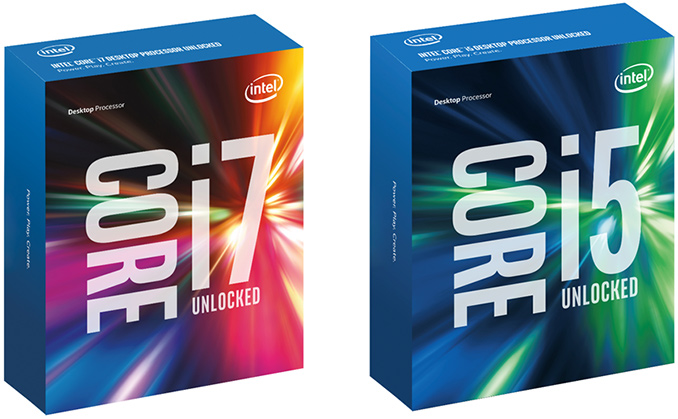
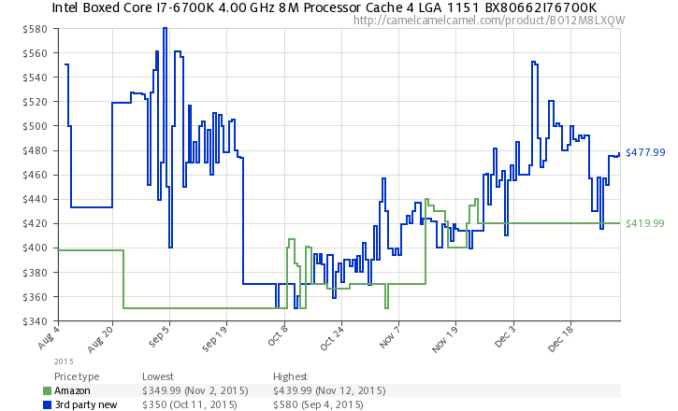
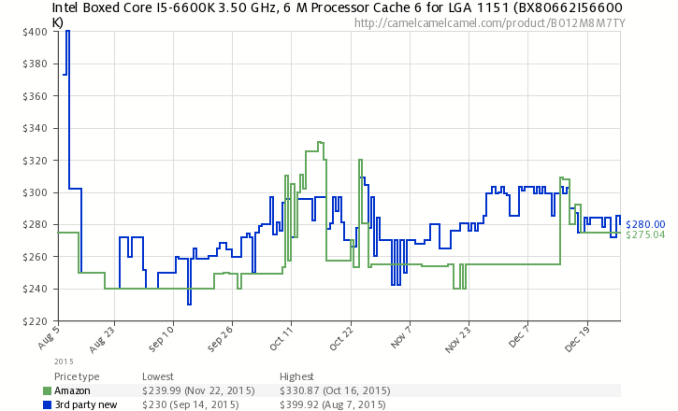
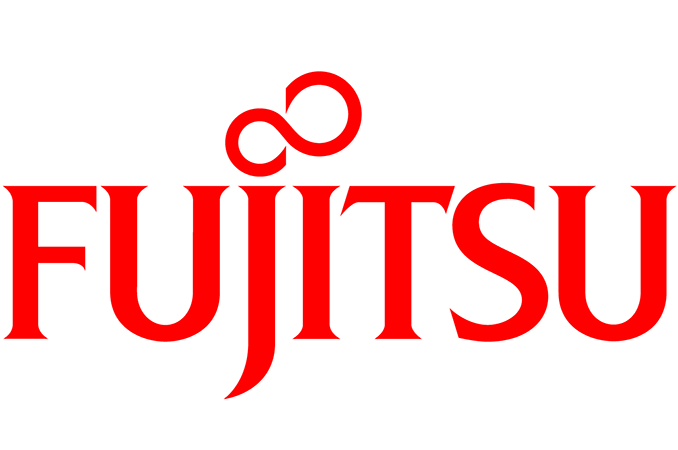

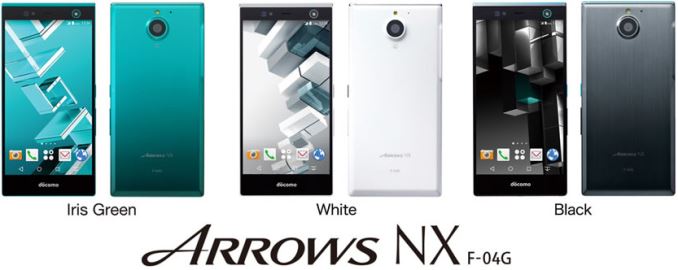
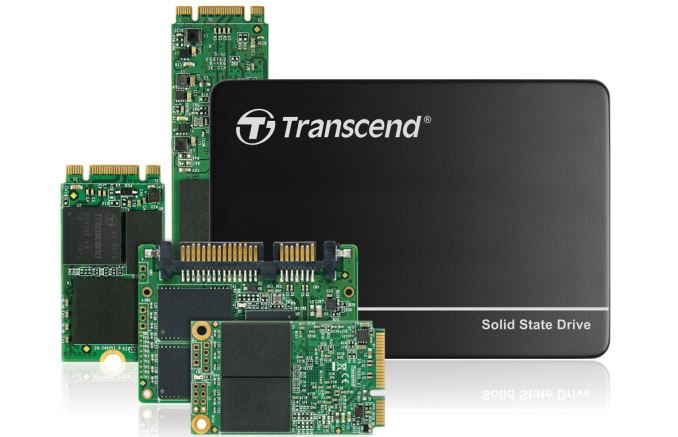

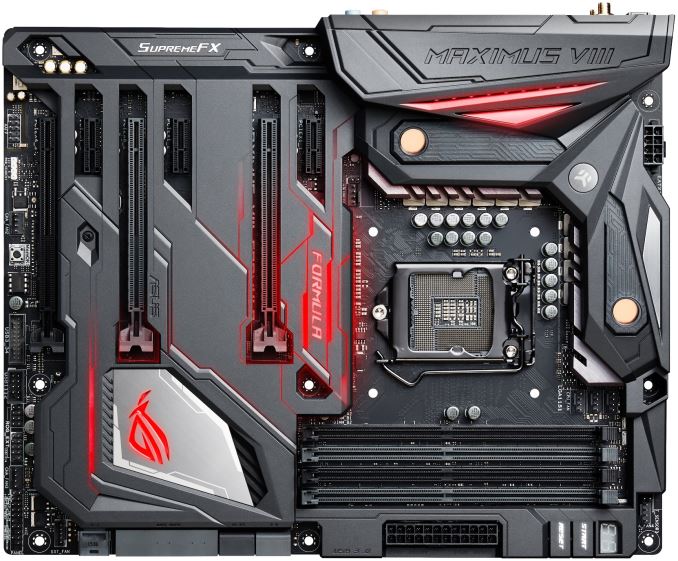
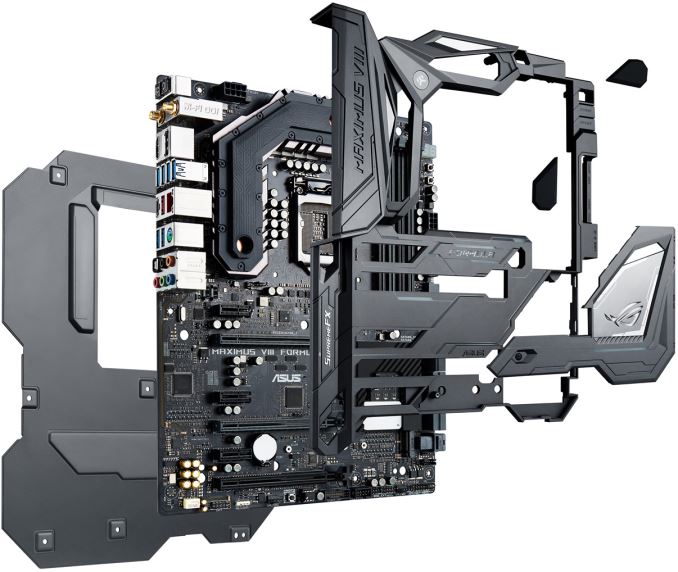
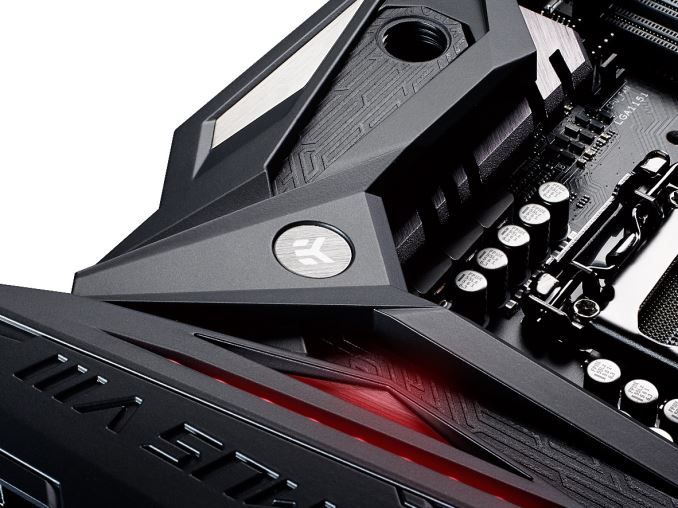
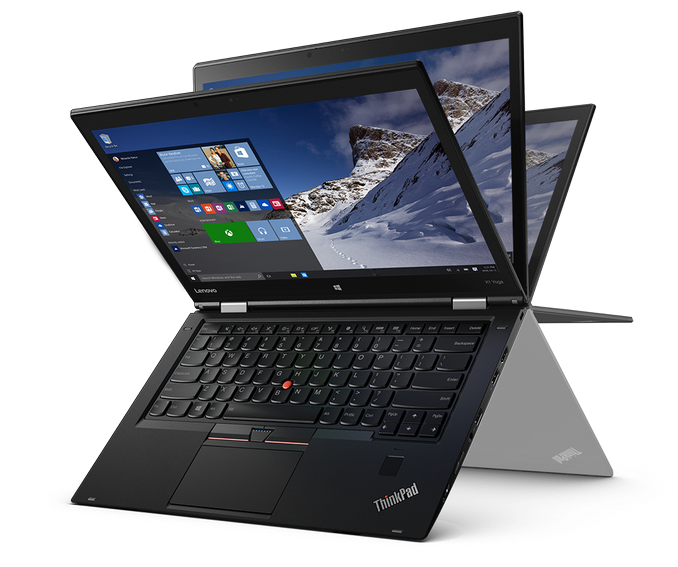
























Bookmarks